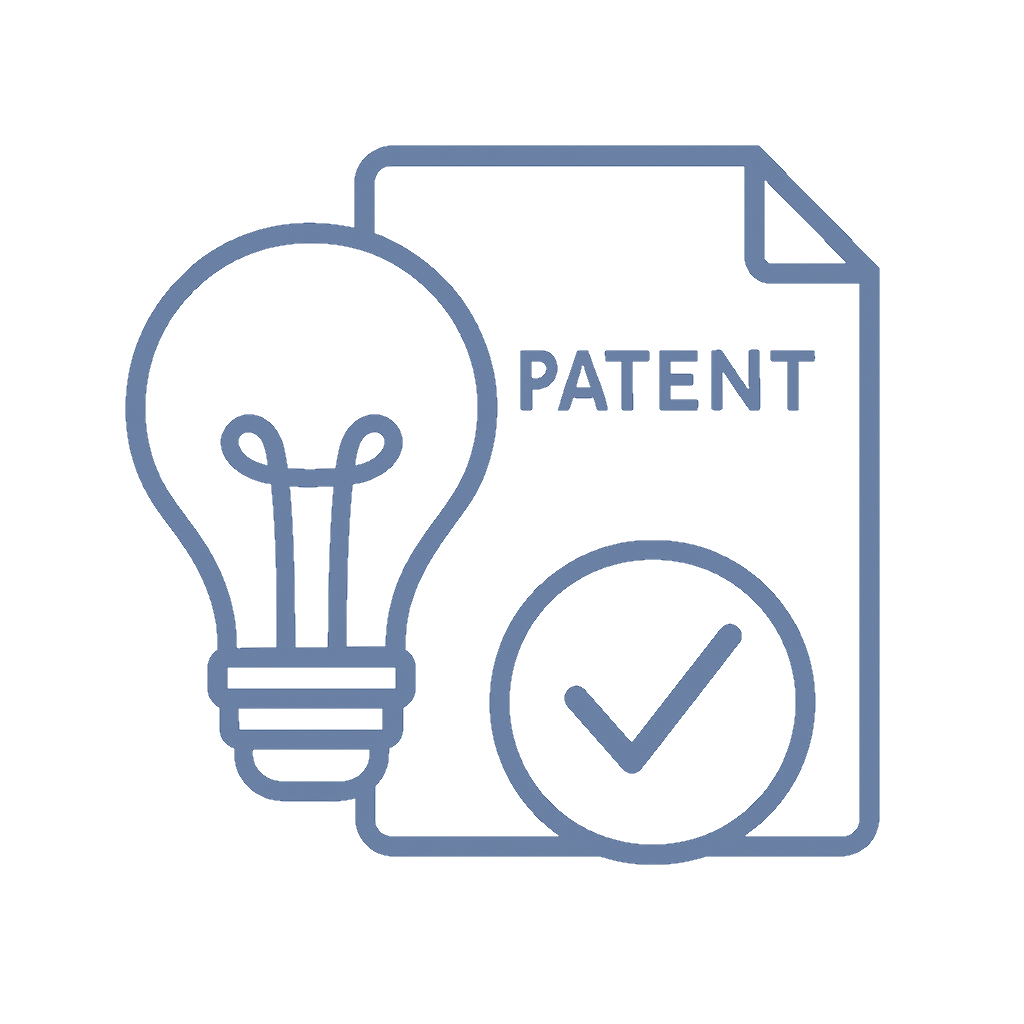📌 Quick Summary
1-Sentence Answer
Patent licensing lets entrepreneurs earn passive income by allowing others to use their inventions, generating royalty payments with zero late-night customer calls or warehouse drama.
The Article Overview
This article reveals how patent licensing creates hands-free income for startups and solo inventors, covers legal must-knows, smart negotiation tactics, real-world success stories, pitfalls to dodge, and how to turn your next great idea into an effortless side hustle.
❓ Common Questions & Answers
Q1: What is patent licensing and how does it create passive income?
Patent licensing is a legal deal where others pay to use your invention. You get royalties—think “money for nothing”—while someone else does the heavy lifting. Your Netflix queue is safe!
Q2: Do I need a patent attorney to license my invention?
While not legally required, a patent attorney is your shield against sneaky loopholes and lost revenue. They help with airtight agreements and enforce your rights if things go south.
Q3: Is patent licensing only for tech wizards or inventors with deep pockets?
Nope! Anyone with a unique, patentable idea can license it—even if your entire R&D budget is your weekly coffee allowance. Startups, solo-preneurs, and tinkerers welcome.
Q4: How are royalties calculated in a licensing agreement?
Royalties can be a flat fee, a percentage of sales, or both. The right structure depends on your invention, the market, and how much you like math. Negotiate wisely!
Q5: What’s the biggest risk in patent licensing?
Getting a dud licensee who doesn’t pay up or abuses your IP. Vet your partners, write strict contracts, and watch those royalty reports like a hawk.

📜 Step-by-Step Guide: Patent Licensing for Entrepreneurs
-
Invent Something Patentable
Start with an original idea. It must be novel, useful, and non-obvious. If it’s just a paperclip in a trench coat, try again. -
Secure Your Patent
File with your local patent office (USPTO in the U.S.), ideally with legal help. No patent? No royalties. -
Identify Potential Licensees
Make a hit list of companies who could profit from your invention. Hint: They should have bigger pockets than you. -
Craft an Airtight Licensing Agreement
With your attorney, draft an agreement covering royalties, territories, duration, and escape hatches. Read every clause—twice. -
Negotiate Like a Netflix Binge-Watcher
Take breaks, do your homework, and don’t sign until the royalty rate feels as comfy as your couch. -
Monitor Performance & Enforce Your Rights
Track payments, audit sales, and take action on missed royalties or infringements. Passive doesn’t mean asleep!
📖 Historical Context
Patent licensing has quietly powered innovation since the Industrial Revolution—think Edison licensing his bulb patents while tinkering with phonographs. In the 20th century, companies like Xerox and IBM made fortunes not by selling every invention, but by letting others license their tech. Fast-forward to the digital era: giants like Qualcomm rake in billions annually through licensing cellular and chip patents.
The idea? Share your invention, collect royalties, and fuel broader industry growth. Today, patent licensing is a global business worth hundreds of billions annually, spanning pharmaceuticals, electronics, software, and even “as seen on TV” gadgets.
For the scrappy startup or side hustler, patent licensing levels the playing field—no need for massive factories or warehouses. You can spark industry change and get paid while binge-watching your favorite series.
🏢 Business Competition Examples
-
Qualcomm vs. Apple
Qualcomm’s chip patents generated billions in royalties from mobile device makers—leading to headline-making licensing battles (and settlements) with Apple. Both won: Qualcomm kept its revenue stream, Apple got to use top tech. -
Kodak’s Comeback
When film died, Kodak pivoted by licensing its image sensor patents to smartphone makers. Patent royalties kept the lights on, even after their main business faded. -
Tesla’s Open Patents
Tesla made its patents open-source, but selectively licensed some tech to partners. The result? They sped up EV adoption while influencing industry standards—and yes, made a little money too. -
DuPont’s Nylon Licensing
DuPont licensed its nylon technology worldwide, sparking an explosion in fashion, automotive, and industrial use—without having to manufacture every last stocking.
💬 Discussion Section
Patent licensing is the entrepreneurial equivalent of setting up a robot butler: you do the creative work up front, let someone else handle the daily grind, and the checks (hopefully) keep rolling in. For startups and solo inventors, this model removes many traditional business headaches—manufacturing nightmares, customer support crises, or running out of bubble wrap at 3AM. Instead, your role is to keep innovating and ensure the contract terms are strictly enforced.
The beauty of patent licensing lies in its scalability. Your single invention can earn royalties from dozens—or even hundreds—of licensees, each operating in different markets. This diversification not only spreads your financial risk, it maximizes your invention’s reach. Exclusive licenses can mean higher royalties per deal, but non-exclusive agreements cast a wider net and can turn a clever idea into a licensing juggernaut.
Yet, there are challenges. Vetting licensees is crucial; a bad partner can underreport sales or misuse your IP. Negotiation is an art: go too high, and potential licensees walk; too low, and you leave cash on the table. And there’s the legal whack-a-mole—enforcing patents internationally can be complex, time-consuming, and expensive.
Don’t overlook the strategic power of partnerships. Licensing isn’t just about cashing checks; it’s about industry positioning. For example, startups that license to established giants can gain market credibility and free industry publicity, while those who license niche tech may influence emerging standards. Meanwhile, global businesses use patent licensing as both sword and shield—defending market share or forming alliances to avoid litigation.
For entrepreneurs dreaming of truly passive income, patent licensing is as close as it gets (unless you’re collecting tolls on a bridge). You’ll need to actively monitor deals, audit royalties, and occasionally lawyer up, but compared to the “traditional” startup slog, it’s a breezy side hustle.
In a world where streaming and chilling reign supreme, why not let your next patent pay for itself—while you sit back, relax, and enjoy another episode? Innovation never sleeps, but with the right patent strategy, you just might get to.

⚖️ The Debate
For Patent Licensing as a Passive Income Source:
Patent licensing offers the dream: recurring revenue, minimal daily management, and the freedom to focus on new projects. With a strong contract and reliable partners, inventors can reap the rewards of their creativity without burning out.
Against Relying Solely on Patent Licensing:
No income stream is truly passive. Royalties can dry up if licensees underperform or markets shift. Aggressive enforcement and negotiation can be stressful, and inventors risk their main asset being underutilized if licensing isn’t handled well.
✅ Key Takeaways
-
Patent licensing can generate substantial passive income with the right agreements and partners.
-
Strong legal advice and diligent monitoring are non-negotiable for success.
-
Both exclusive and non-exclusive licenses have strategic benefits—choose wisely.
-
Licensing isn’t risk-free: vet licensees and protect your rights proactively.
⚠️ Potential Business Hazards
-
Unreliable Licensees – Partners may underreport sales or miss royalty payments.
-
Weak Contracts – Vague agreements lead to legal disputes and lost income.
-
IP Infringement – Unauthorized use of your patent requires swift action.
-
Market Changes – Demand for your invention may decline, reducing royalties.
❌ Myths & Misconceptions
-
“Patent licensing means instant riches.”
Nope! It takes negotiation, legal know-how, and patience to see returns. -
“Only big companies can license patents.”
Solo inventors and startups license patents every day—size doesn’t matter, but hustle does. -
“Patents enforce themselves.”
If only! You must actively monitor, enforce, and sometimes litigate. -
“Once licensed, I can forget about it.”
Regular audits and communication keep the money flowing and the headaches minimal.
📚 Book & Podcast Recommendations
-
“Patent It Yourself” by David Pressman – The classic guide for inventors.
-
Patent Law Podcast – Practical tips and real inventor interviews.
-
IP Fridays Podcast – Lively talk on all things intellectual property.
⚖️ Legal Cases
-
Qualcomm v. Apple (2019)
Landmark settlement showcasing the power (and drama) of patent royalties. -
Kodak’s Patent Sale (2012)
Kodak’s survival strategy via a $525 million patent portfolio sale. -
University of California v. Broad Institute (CRISPR)
Epic licensing and legal battles over revolutionary gene-editing patents. -
DuPont’s Nylon Patent Licensing
A classic example of licensing powering global industry adoption.
📣 Expert Invitation
Are you an inventor, entrepreneur, or legal eagle with a hot take on patent licensing? Share your wisdom, war stories, or burning questions! Visit inventiveunicorn.com to connect with fellow innovators and join the conversation.

🔚 Wrap-Up Conclusion
Patent licensing is the ticket to making your inventions work for you—even while you’re off the clock. With the right strategy, contracts, and vigilance, you can generate true passive income, foster industry change, and enjoy the sweet satisfaction of getting paid to innovate. So next time you hit play on your favorite series, remember: your patent could be hard at work, too.











